
Model of the Month: the world’s first long-range guided ballistic missile
Welcome to this week's jam-packed blog. In addition to the Brick Model of the Month featuring the V2 rocket, we also have some new kits available for pre-order, including the new 1:12 Tiger tank. We can hardly keep up with all the new releases COBI have lined up for the rest of the year, and the good news is many of the prices are less than we predicted. See below for all the latest pre-order kits.
COBI have also announced a new 'Imperium Romanum' collection due for release in October. So far they have announced four products in this range - see below for some pictures. Please let us know if you are interested and would like us to get these sets in stock. As always, if there are any COBI and/or CaDA kits we don't stock that you would like, let us know and we will look into stocking them, as was the case with the new Boeing 747 Air Force One model listed below.
Have a fantastic bank holiday weekend!
Warmest wishes,
Zoë
COBI have also announced a new 'Imperium Romanum' collection due for release in October. So far they have announced four products in this range - see below for some pictures. Please let us know if you are interested and would like us to get these sets in stock. As always, if there are any COBI and/or CaDA kits we don't stock that you would like, let us know and we will look into stocking them, as was the case with the new Boeing 747 Air Force One model listed below.
Have a fantastic bank holiday weekend!
Warmest wishes,
Zoë
Now available for pre-order
COBI's new Imperium Romanum Collection
Please let us know if you would like us to stock any of this collection due for release in October. The Roman Warship is £99.99 and the Gladiator School is £49.99. There are also some figures (not pictured) at £9.99 for a set of three. If you are interested please email us at admin@bricktanks.co.uk or call 01823 240910.
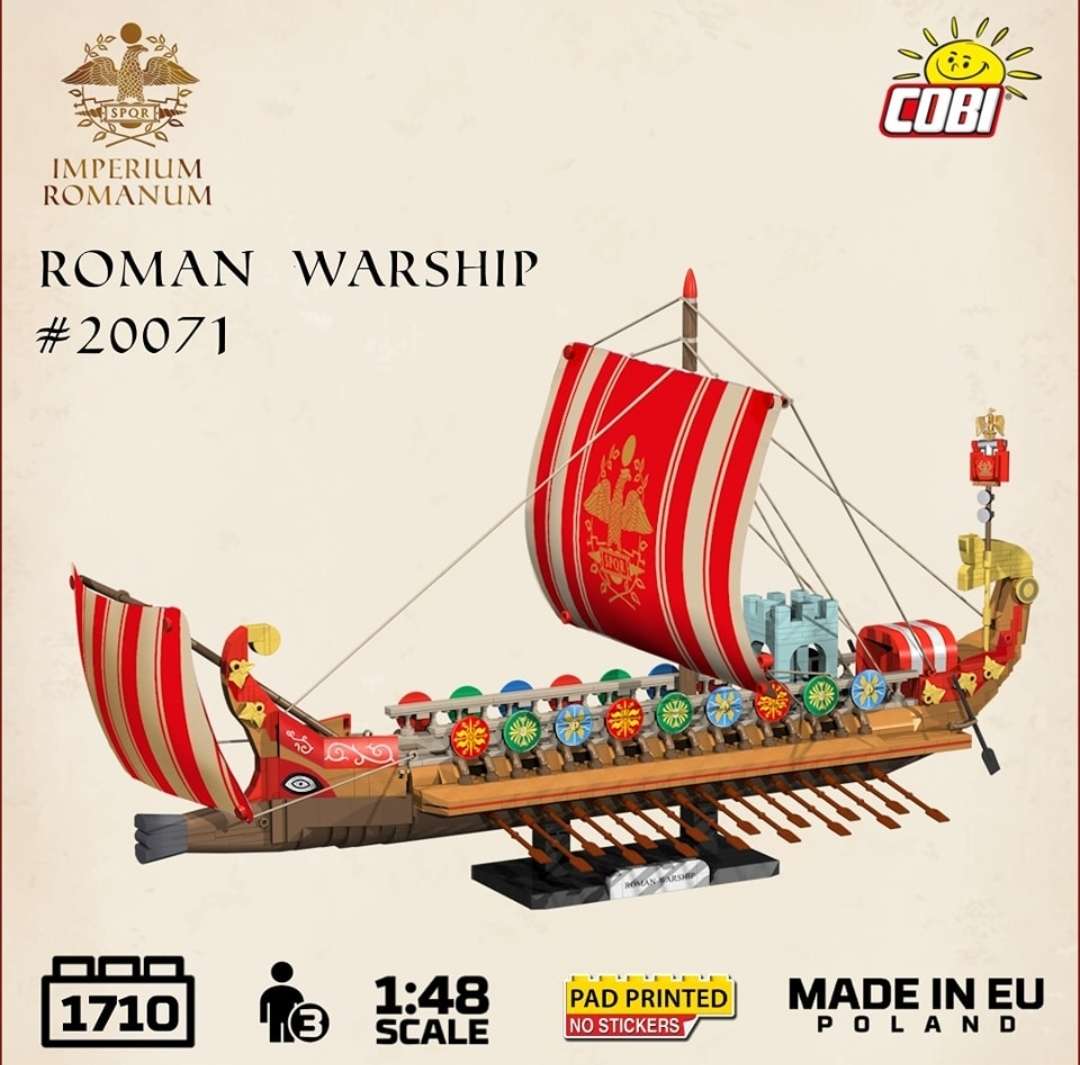
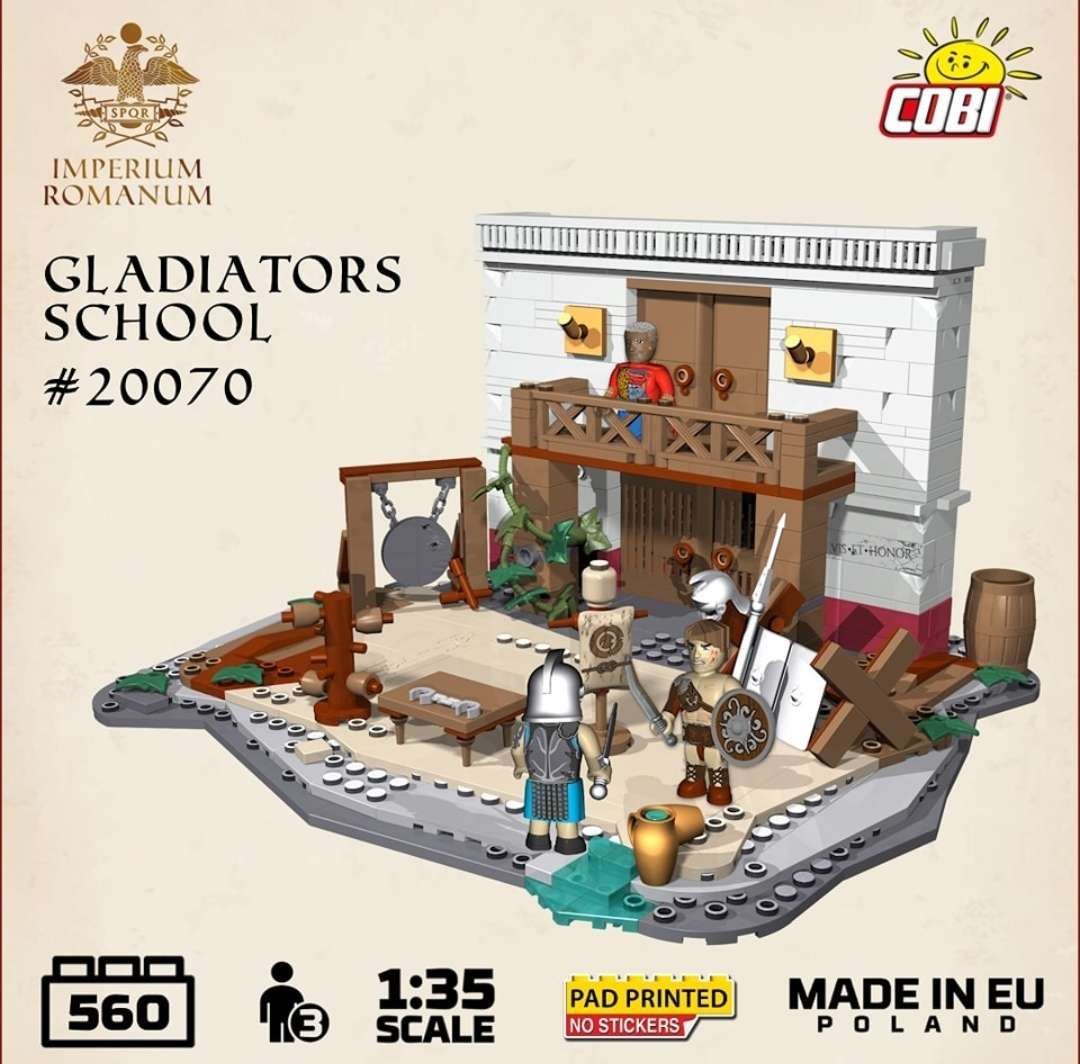
August's Brick Model of the Month
To celebrate COBI announcing the prices of the Executive Edition and the Standard Edition of the V2 models this week, we are sharing some of the history and fascinating facts about the original rocket used in World War II.
The Birth of the V2 Rocket: A Technological Leap
The story of the V2 rocket begins in the late 1930s, when German engineers embarked on an ambitious project to develop a weapon that could change the course of warfare. This missile, known initially as the A-4, was most notably the brainchild of Wernher von Braun, who would later become a key figure in the American space programme. The aim was to create a weapon that could deliver a powerful blow to distant targets with unprecedented speed and accuracy. This rocket, which would later be known as the V2, or "Vergeltungswaffe 2" (Retribution Weapon 2), represented the cutting edge of technology.
The V2 was a towering machine, over 14 metres tall and weighing nearly 12 tonnes. It was propelled by a liquid-fuel engine, using a mixture of ethanol and liquid oxygen, a combination that allowed it to travel at supersonic speeds and reach altitudes of up to 200 kilometres.

Pictured above: V2 rocket – The War Illustrated No 197 Vol 8 January 5th 1945. credit: © ForcesWarRecords
Production and Use During World War II
During World War II, approximately 6,000 V2 rockets were produced. Of these, around 3,000 were fired at Allied targets, primarily aimed at cities such as London, Antwerp, and Paris. The psychological impact of these attacks was immense, as the V2’s supersonic speed meant that the rocket would often hit its target before any warning could be given.
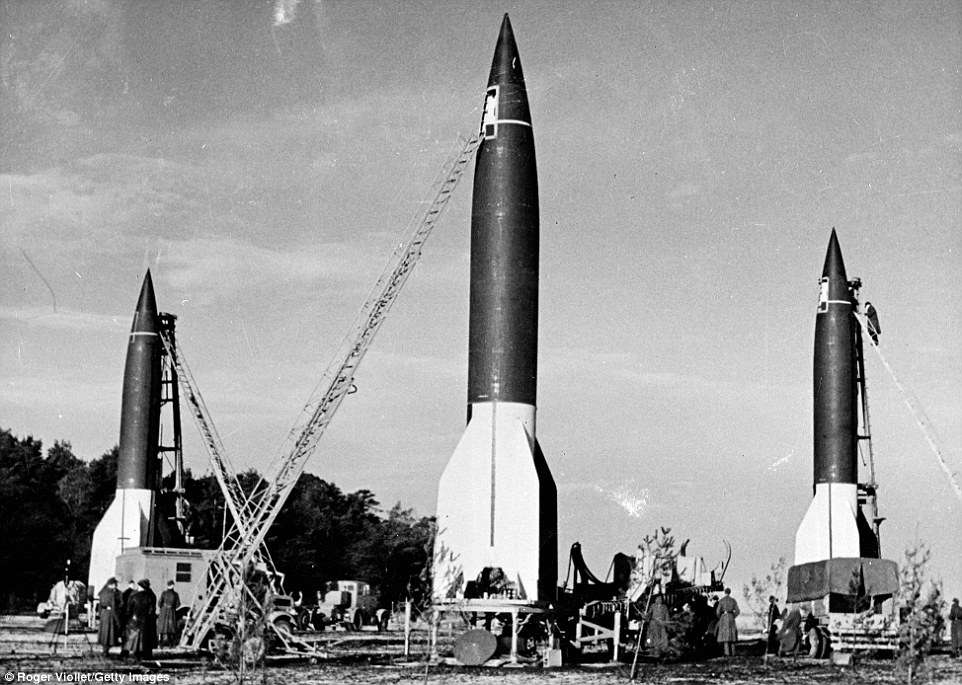
The Meillerwagen: A Crucial Support System
One of the lesser-known but essential elements of the V2’s operational success was the Meillerwagen, a specialised vehicle designed to transport and erect the rocket. It was named after the company Meiller, which was responsible for its construction. The vehicle was a masterpiece of practical engineering, allowing the V2 to be moved across difficult terrain, raised from a horizontal position to vertical using a hydraulic system, and launched—all in a matter of hours. This innovation allowed the V2 to be deployed from a wide range of locations, making it difficult for enemy forces to track and destroy the launch sites. During World War II there were around 1,200 Meillerwagen units built to support the V2 rocket programme.
One of the most intriguing stories associated with the Meillerwagen is that of its role in the infamous "Operation Penguin," the codename for the first operational use of the V2 rocket. On September 8, 1944, the first V2 was launched from a site near The Hague, aimed at London. The Meillerwagen was crucial in the rapid deployment of this rocket, and the success of the launch demonstrated the effectiveness of this mobile system. The V2 travelled over 320 kilometres in just five minutes, striking the capital without warning. This was the first time a missile had been launched across a national border, marking a significant moment in military history.
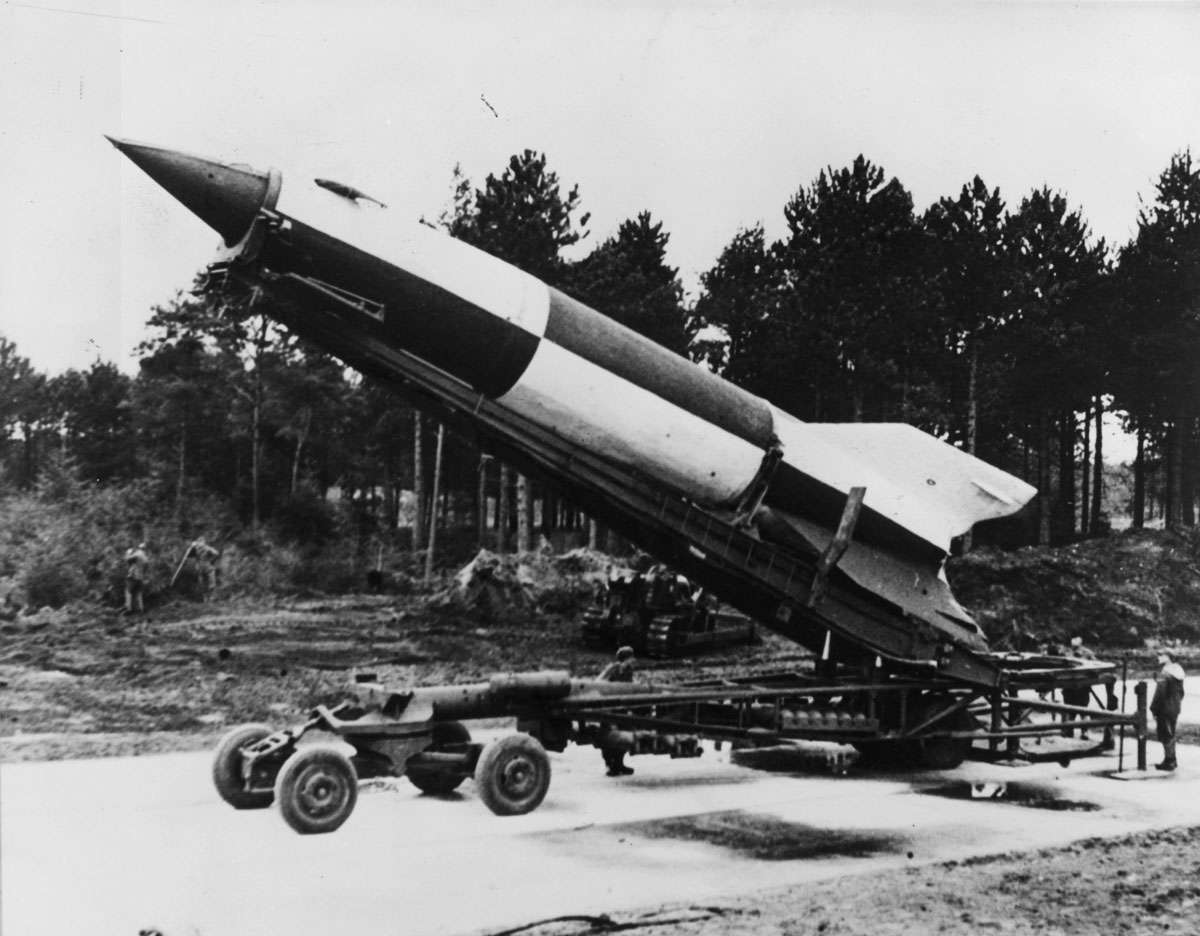
Stories from the Battlefield
One of the most harrowing stories of the V2 rocket involves the tragic incident in London on 25 November 1944. A V2 rocket struck the Woolworths store in New Cross, killing 168 people and injuring 121 others. The explosion was so sudden and devastating that there was no time for people to seek shelter.
However, that same night the famous British novelist, Graham Greene was in his London flat when the V2 rocket struck just 100 metres away. The explosion shattered windows and caused widespread damage, but Greene, remarkably, continued to work on his writing amid the destruction.
The Allied Struggle Against the V2
The V2 rocket posed a significant challenge to the Allied forces, as traditional defensive measures were largely ineffective against it. The speed and altitude of the V2 meant that it was almost impossible to intercept once launched. As a result, the Allies focused their efforts on preventing the rockets from being launched in the first place using a mix of intelligence, technology, and brute force.
One notable effort was Operation Crossbow, a campaign that targeted the V2’s production and launch facilities. Through aerial reconnaissance, Allied forces identified and bombed several V2-related sites. However, these efforts were only partially successful, as the mobile nature of the V2 launch sites made them difficult to target.
British intelligence worked tirelessly to identify and disrupt the launch operations. In one instance, a spy in the Dutch resistance provided crucial information about a launch site near The Hague, allowing the RAF to carry out a successful raid that destroyed several V2 rockets and launch vehicles.
Another defence measure involved the use of radar technology. The British developed a system called “Big Ben,” which tracked the V2 rockets in flight. Unfortunately, the high speed of the V2 meant that even with tracking, there was little time to warn civilians or launch countermeasures.
In the end, the V2 campaign caused significant casualties and damage, but it did not alter the outcome of the war. The Allied forces, through sheer persistence and overwhelming force, eventually defeated the German military.
Legacy and Preservation of the V2 and Meillerwagen
The V2 rocket and the Meillerwagen left a lasting legacy. The V2, as the world’s first long-range guided ballistic missile, paved the way for the development of modern rocketry and space exploration.
After the war, many of the engineers behind the V2, including von Braun, were taken to the United States, where their expertise would lay the groundwork for the space race.
Today, several V2 rockets and Meillerwagen vehicles are preserved in museums around the world, serving as reminders of this pivotal moment in history. One of the most famous V2 rockets is on display at the Science Museum in London. This particular rocket was captured by British forces and provides a tangible link to the terrifying and revolutionary technology of the time.
Meanwhile, a Meillerwagen can be seen at the Deutsches Technikmuseum in Berlin, offering insight into the logistical challenges of deploying such a weapon.
Pictured below: V2 rocket in the Science Museum, London
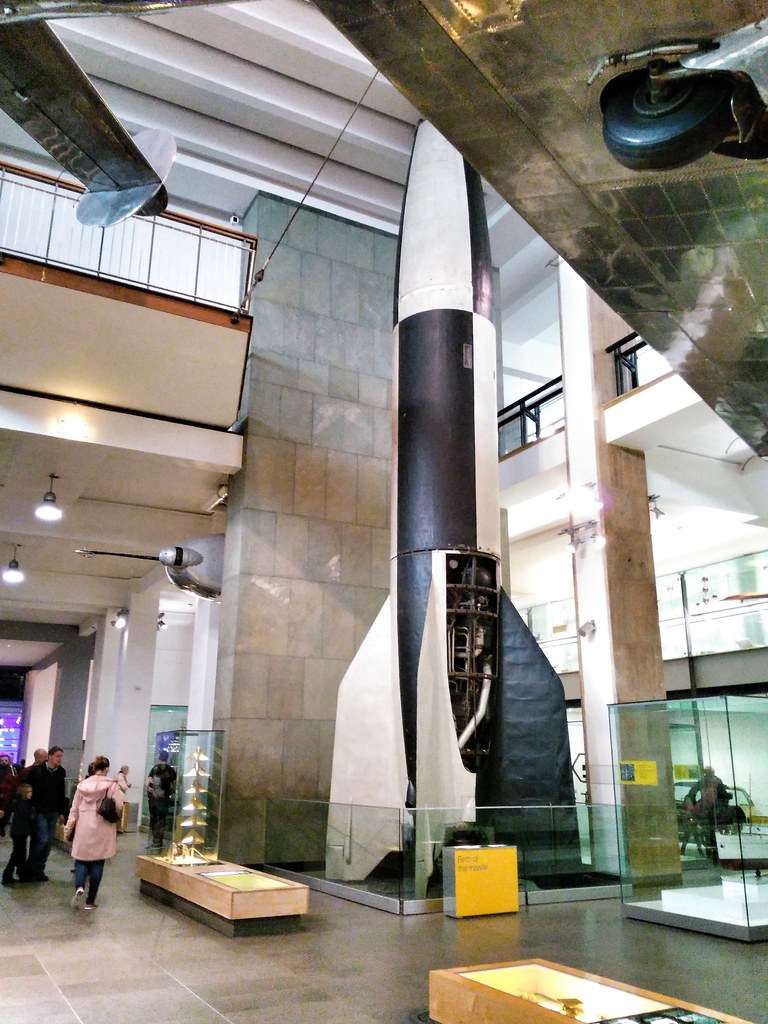
 Skip to content
Skip to content


Lee Davison
Excellent article on the V2. Hopefully some off your younger readers will be informed of the challenges faced in building it, and stopping it. It’s a shame that it’s direct descendants are still been fired at people today. On a plus side, there would be no space travel, Sat Nav (GPS) or Satellite TV.
Regards Lee.